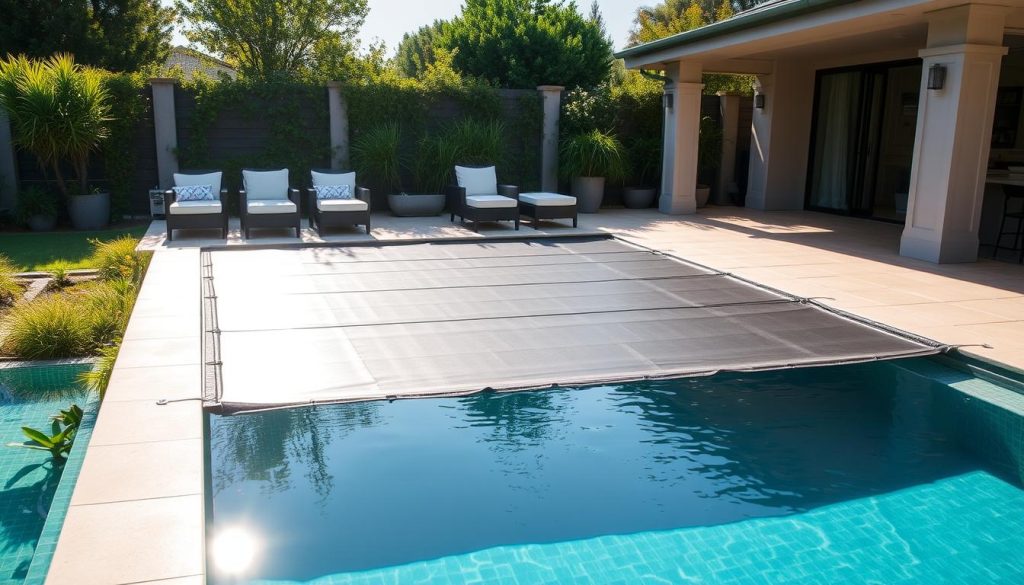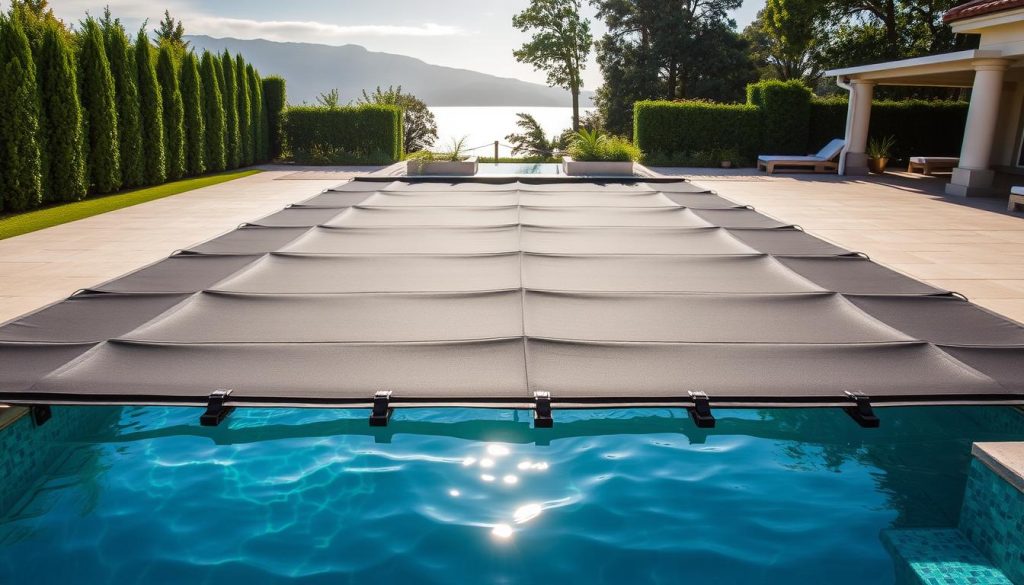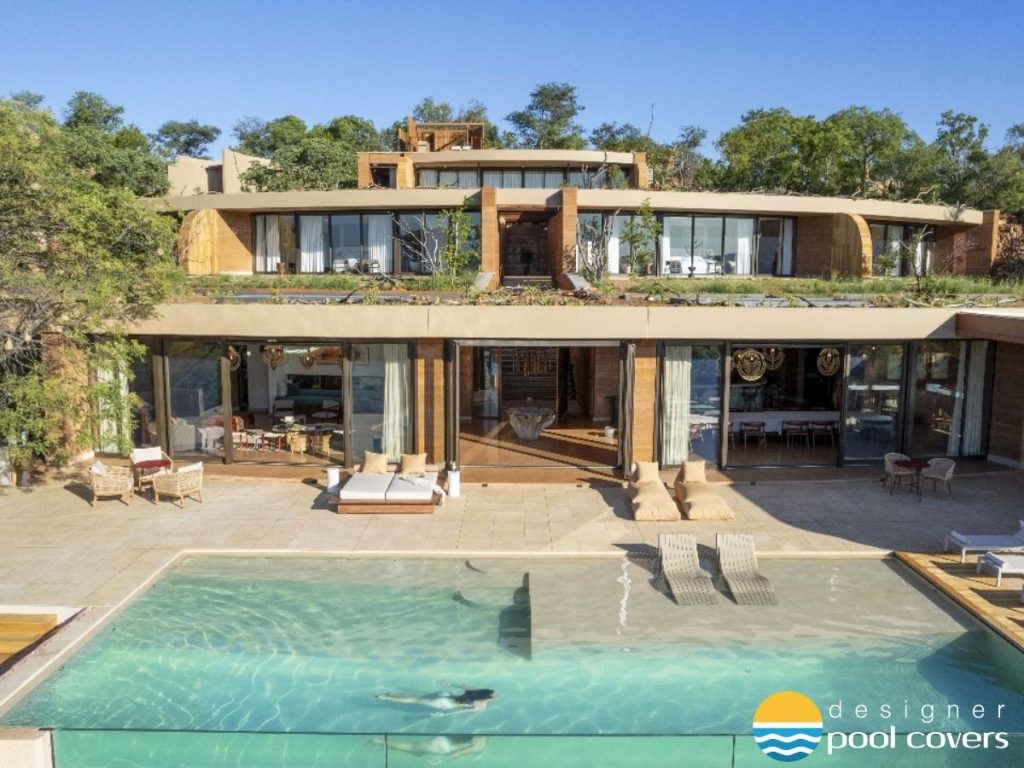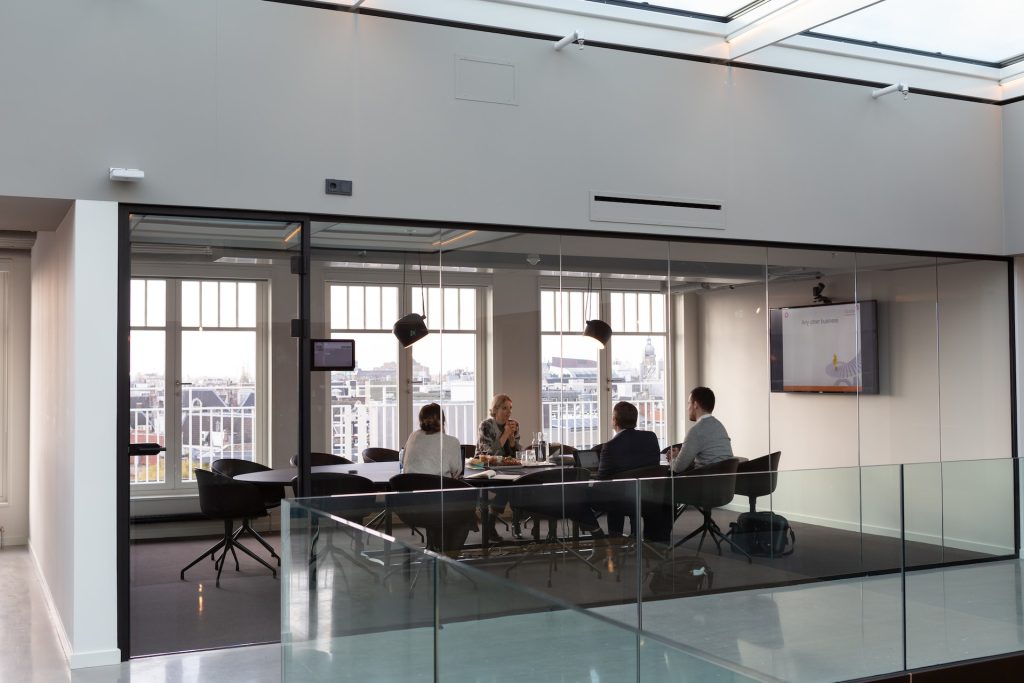Best Pool Covers: A Complete Guide to Swimming Pool Covers (2024)Best Pool Covers: A Complete Guide to Swimming Pool Covers (2024)
Swimming pool covers are essential accessories that protect your pool, save money, and enhance safety. From basic manual covers to sophisticated automatic systems, the right cover can reduce maintenance costs, prevent accidents, and extend your pool’s lifespan.
Key Takeaways:
- Safety First: Pool covers prevent accidents and protect children and pets
- Cost Savings: Reduce water evaporation, chemical usage, and energy costs
- Maintenance: Less cleaning and fewer chemicals needed
- Versatility: Different types available for various needs and budgets
- Environmental Impact: Conserve water and reduce energy consumption
Types of Swimming Pool Covers Available
Solar Covers and Thermal Blankets
Solar covers, often called bubble covers, use the sun’s energy to heat your pool while preventing evaporation. These covers can raise water temperature by 8-10 degrees Celsius and are perfect for South African weather conditions.
Safety Covers
Swimming pool safety covers come in two main types:
- Mesh covers: Allow rainwater through while blocking debris
- Solid covers: Complete protection from elements and debris
Automatic Pool Covers
These motorized covers offer convenience with the push of a button. While they require professional installation, they provide excellent protection and are worth the investment, starting from R45,000.
Winter Covers
A swimming pool winter cover is essential for protecting your pool during the off-season. These heavy-duty covers prevent debris accumulation and maintain water quality.
Benefits of Using Pool Covers
- Energy Conservation
- Reduce heating costs by 50-70%
- Maintain water temperature overnight
- Less energy needed for filtration
- Water Preservation
- Reduce evaporation by up to 95%
- Lower water bills
- Fewer chemical top-ups needed
- Safety Features
- Prevent accidental drowning
- Keep pets safe
- Meet local safety regulations
How to Choose the Right Pool Cover
Measuring Your Pool
Accurate measurements are crucial for a proper fit. Consider:
- Length and width
- Irregular shapes
- Steps and features
- Deck space
Climate Considerations
South African climate varies by region, affecting your choice:
- Coastal areas: Rust-resistant materials
- Inland areas: UV-protected covers
- High-wind areas: Secure anchoring systems
Materials and Construction
| Material Type | Durability | Cost Range (R) | Best For |
|---|---|---|---|
| Vinyl | Medium | 3,000-8,000 | General use |
| PVC with Aluminum | High | 12,000-25,000 | Safety |
| Mesh | Medium-High | 5,000-15,000 | Debris protection |
| Thermal | Medium | 2,000-6,000 | Heat retention |
Installation and Maintenance
Professional vs. DIY
- Professional installation recommended for:
- Automatic covers
- Safety covers
- Complex pool shapes
Swimming pool cover roller systems make manual cover handling easier and extend cover life.
Cost Analysis and Investment
Initial costs vary significantly:
- Manual covers: R2,000-R8,000
- Safety covers: R15,000-R30,000
- Automatic systems: R45,000-R80,000
Long-term savings include:
- 50% reduction in chemical use
- 70% decrease in heating costs
- 95% less water loss
Environmental Impact
Pool covers contribute to environmental conservation by:
- Reducing water waste
- Lowering chemical usage
- Decreasing energy consumption
- Minimizing carbon footprint
Conclusion
Investing in a quality pool cover is essential for safety, savings, and convenience. Consider your specific needs, budget, and local climate when choosing. Remember that the initial cost is offset by long-term benefits in maintenance, safety, and energy savings.
Looking for swimming pool covers near me? Contact local suppliers for professional advice and installation services.








